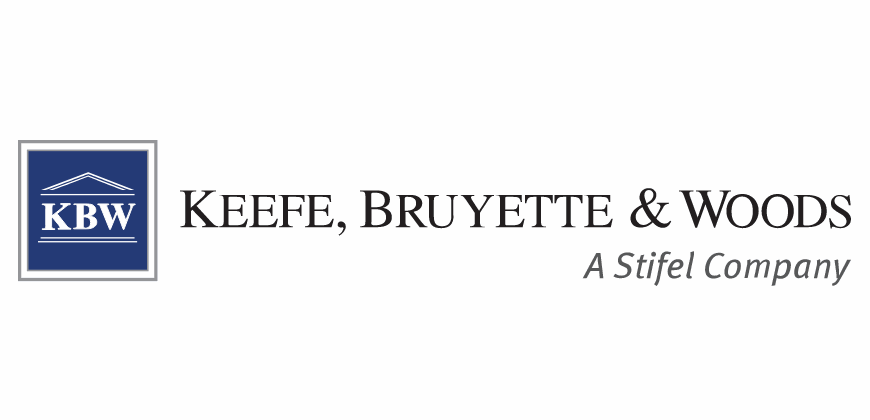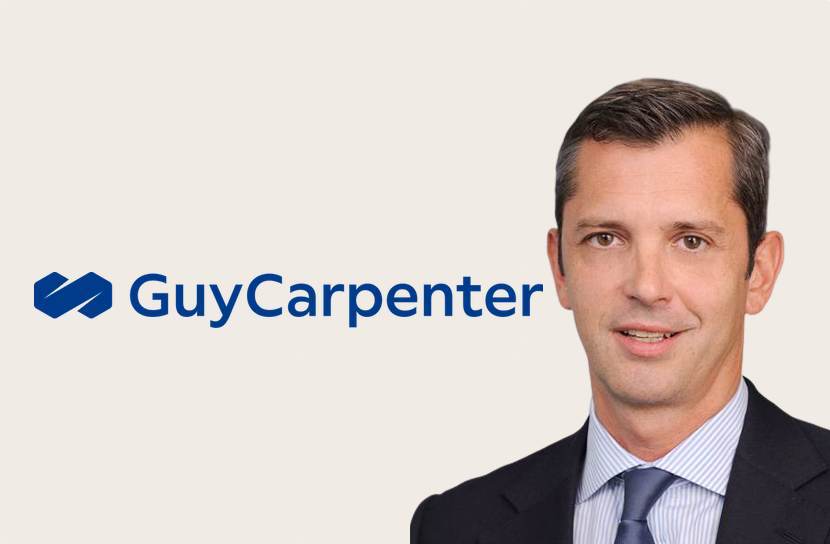
A misalignment of priorities has led to some last minute challenges for buyers of retrocession at the January 1st 2022 reinsurance renewals, as ceding reinsurers have in some cases been left disappointed with capacity they had targeted drying up.We’re hearing from sources at insurance-linked securities (ILS) funds, as well as from protection buyers at some reinsurance companies, that while the market had been finding it hard to agree on pricing and terms for the renewals, the availability of capacity for aggregate retrocession and certain other layers, has become an issue at the last minute.It appears that some reinsurers had been anticipating a certain amount of retro capacity would be made available to them at the renewals, but feel they are being left disappointed, as it hasn’t all proved to be as easy to secure as they assumed.But, on the other side, we’re told some late moves to trap collateral related to certain ILS and collateralized contracts, have resulted in managers having to shift capacity around, with the end-result being some retro buyers feeling a little short changed.
There’s an interesting dynamic here, especially at some retro buyers, where said buyer wants the capacity for a renewal of retrocession arrangements, but others at the same company want to hold back collateral from the current deal they have in place with the same market.Where these priorities have conflicted it can result in a shortfall, as many of the ILS funds that have specialised in retrocession in the past, are either facing lower capital at this year-end, or are shifting capital into other layers of risk, or collateralized reinsurance and catastrophe bonds.This speaks to a limitation in the amount of collateralized retrocession capacity that is available at any one time, which has of course been exacerbated by the catastrophe loss frequency of 2021 and how that has yet again impacted aggregate layers and trapped ILS capital.
But it also speaks to a potential misalignment in terms of priority, between buyers and sellers (as well as buyers and others at their firm), at a time when the market is hardening elsewhere as well, while being perceived to be more challenging, as capacity is somewhat limited and with some markets shifting into higher-layers.At the same time, while retrocession capacity may have become so limited in certain areas of the market that this clash of priorities has become an issue for a handful of players, in other areas we’re told some markets have shown more appetite for occurrence retro layers.We’re aware of at least one major pension that has been exploring the potential to deploy more capital into retrocession, either at these renewals or future renewals in 2022, as well as other investors considering whether retro could be a strategic move worth making.
However, feedback we’ve heard suggests that there are some concerns over the way retro is bought, in that it is not always a critical purchase in the same way that reinsurance tends to be.The question of how persistent and reliable retro demand actually is has come up a lot around this renewal season.It’s often described as a “nice to have” by many larger buyers of retro, which doesn’t instil the confidence some investors need to get involved in a new market segment in a meaningful way, it seems.
Retrocession was always going to be one of the most (if not the most) disrupted segments of the January 2022 reinsurance renewals.Generally, retro rate increases will be seen to be some of the steepest experienced, accelerating faster than treaty reinsurance.But as they tend to start from a higher-base and retro has suffered a significant quantum of losses in recent years, that is really no surprise.
Bringing priorities into alignment would definitely help, but that’s also challenging when you have protection buyers needing to hold back collateral from one year, when also requiring some coverage be renewed at the same time.Of course, that’s easier for fronted or rated retro capacity, less so when it’s been fully collateralized, as so much has been.The catastrophe bond market has seen a much better alignment, between buyers and markets, which is perhaps largely due to the index-linked nature of retro cat bonds, as well as their often tighter structures and terms.
It’s going to be interesting to read the commentary that comes out over the next few weeks, which will help to shed more light on market forces in retrocession and beyond.It will also be interesting to find out where new capacity has come from, to fill some of the evident gaps in the market.———————————————————————.
All of our Artemis Live insurance-linked securities (ILS), catastrophe bonds and reinsurance can be accessed online.Our can be subscribed to using the typical podcast services providers, including Apple, Google, Spotify and more.
Publisher: Artemis








